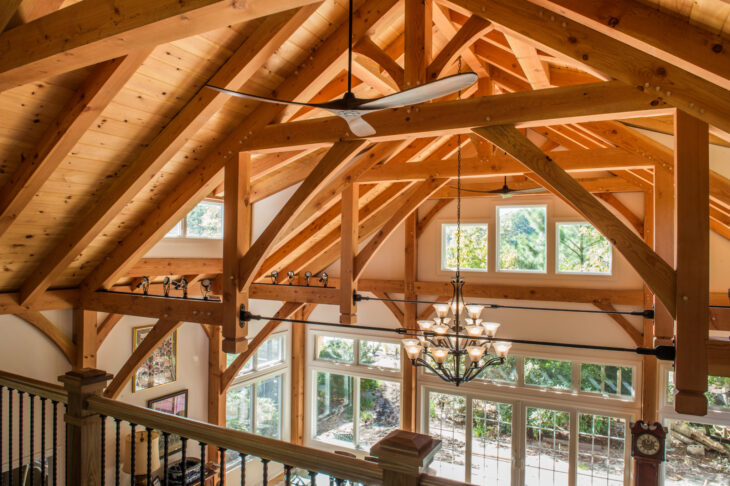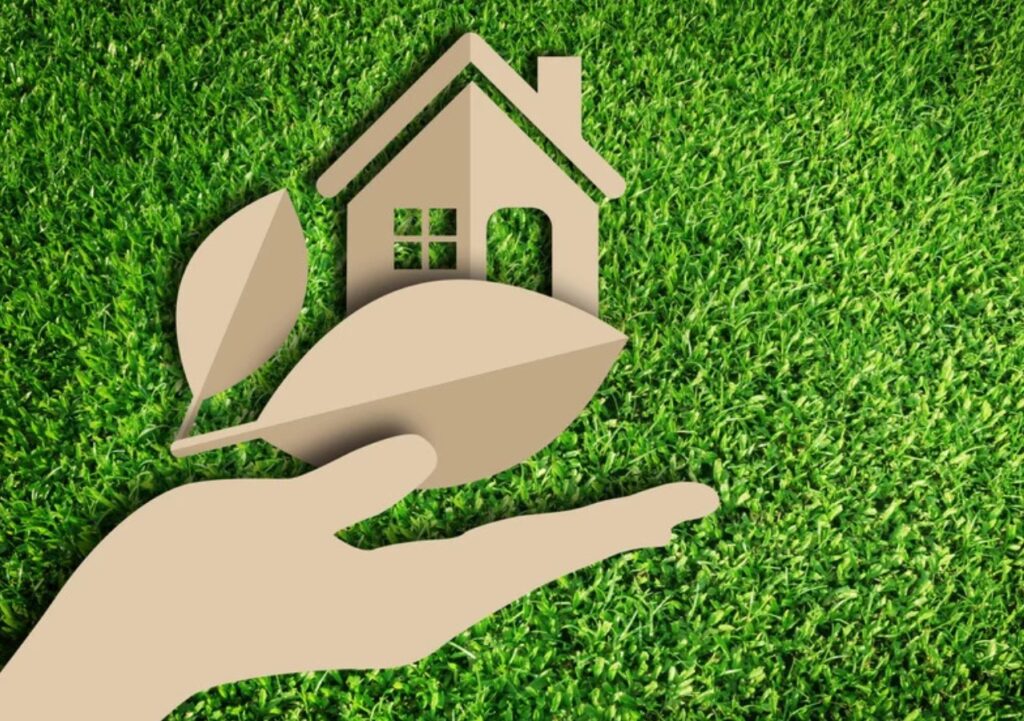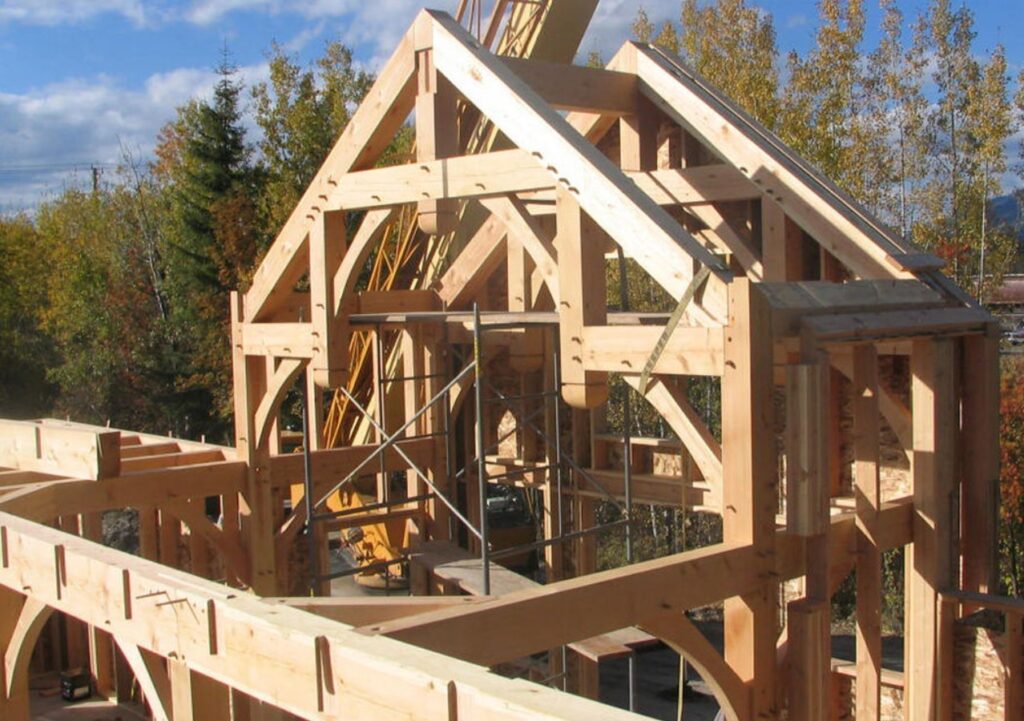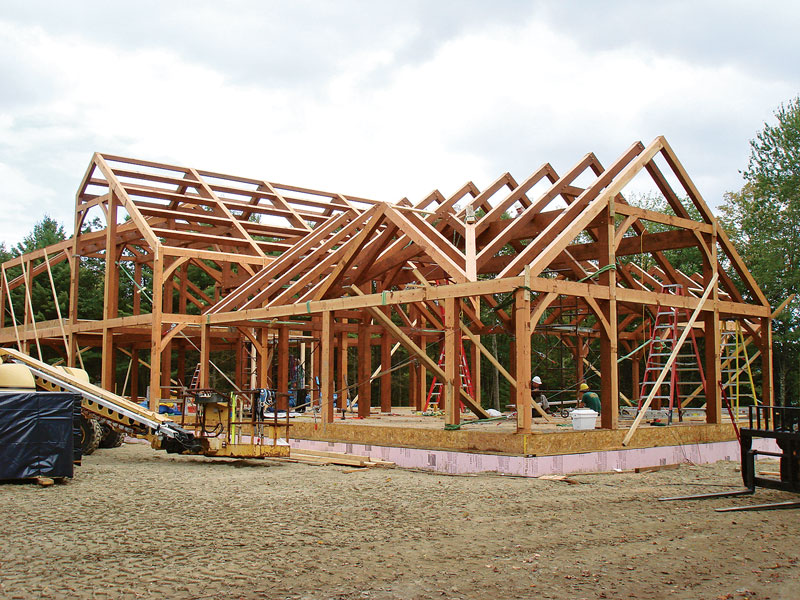
How Technology Is Improving the Timber House Building Process
There’s nothing more charming than a well-crafted timber interior, nothing more beautiful than the intricacies of a finely designed timber joinery. What makes timber a quintessential choice of construction is its quality, texture, and composition. The combination of wood and metal is no further than an epitome of nature’s divinity. Timber has been used in the construction of posts, beams, and joineries for decades altogether, but never has it seen this much revolution and enhancement as it does now.
As good-quality timber possesses several positive characteristics like durability, permeability, and elasticity, it is used for multitudes of engineering processes. Abundant industries have witnessed a rise in their global revenues as revolutionary technologies have refined and modified the application of timber across the world. Since timber is essentially sturdy and workable, the demand for it in the real-estate construction sphere is gradually increasing.
Scrutinizing decades of hard work and research, there has been major R&D around the area of enhancement technologies for timber. Let’s have a look at some of these revolutionary technologies and how they enhance the performance of the material.

The enhancement processes
Technologies play a crucial role in helping industries make the most out of timber and builders execute remarkable renovations. Certain technologies are for boosting the sustainability factor of the material while several others pose as treatments to enhance and modify timber. Once the material is refined and renewed through the technologies at the industries, it showcases an improved performance and better application. Hamill Creek Timber Homes is a manufacturing industry that incorporates enhancement technology as it serves world-class timber to its global customers.
All the technologies related to this material can be classified into conservation, refinement, or a much distinctive collection of fire technology and more. The conservation technology increases the durability and shelf-life of timber through chemical addition. Several methods for the conservation of timber have been adopted from ancient sciences. As laboratories moil to produce large-scale, effective remedies for the preservation of the material, it is imperative for global citizens to not disregard the scarce nature of timber. Construction workers and colossal architectural firms must also utilize the material cautiously.
The sustainability boosting technologies can be traced to as far back as 40 years, however, the composition and combination of chemicals vary drastically different from the ones being used in primordial laboratories. After several analysis processes and assessments, many technologies are implemented and experimented on used, worn-out timber to find ways to renew and reuse it. It is important to note that renewed timber also possesses the essential qualities of the material like sturdiness, durability, and elasticity. These timber-renewal processes have drastically helped in the conservation of the material.
In older times, timber was strictly used in the interior construction of houses and types of apartments. It was primarily used in the making of window frames and within similar small-scale constructional parameters. However, as the world discovered technologies to increase the sustainability and durability of the material, it is dominantly being utilized in outdoor construction as well. Undoubtedly, the material is exposed to natural irritants that decay it from within. To combat this predicament, many industries make use of biocides to prevent the process of decay and destruction of timber. Many companies have increased their investment capabilities to innovate better, more effective technologies for the prevention of decay in outdoor timber-made furniture.
A relatively newer technology for the enhancement of timber is through harnessing the healing power of heat. This technology has drastically increased the potential usage of timber in the construction industry as it prevents natural destruction of the material through a careful process that involves heat. Global industries are directing their resources towards extensive research in flame retardant treatment. This process makes use of chemicals to enhance timber’s reaction to heat in order to boost the material’s performance and durability. Many timber-made items like plywood and MDF have this technology incorporated in them in the form of laminated sheets that protect the furniture’s outer surface. One can notice a significant increase in the shelf-life of a product if it includes flame retardant technology.
Since timber is largely in demand globally, the quality standards have had crucial assessments over the past decade or two. Thus, this has stirred massive competition amongst the industries to set benchmark standards. Major firms have been successful at pioneering game-changing technologies for the quality enhancement of timber. However, while some still carry out heavy R&D to record gradual progress in customer satisfaction.

The greener technologies
Researchers have also discovered greener technologies like carbon sequestration to help in the sustainable development of the world. As infrastructure lies at the heart of every country’s development process, millions of houses are created each and every day. In such a scenario, a technology that conserves and protects the environment even in the slightest way can create major change.
Carbon sequestration technology is one such method that has improved the timber house building process. It is the chemical process of extracting carbon dioxide from the atmosphere thereby reversing the global warming effect. An advantage of this technology in the production of timber construction is that it permits the recycling of the material and encourages sustainable forest practices.

The increase in application
The enhancement technologies and other timber refinement treatments have opened up a new array of possibilities for the application of timber. Wood modification methods have led to first-hand utilization and recycling of wood across the globe. Industries and construction agencies have found many new applications of timber on small-scale and large-scale levels. One such distinctive application of wood that has recently surfaced is in the old marine markets.
A colossal growth is witnessed in the number of residential, commercial, and public projects that include a large-scale application of timber in the construction process. Evidently, the market value and the manufacturing of wood are increasing on unprecedented levels. Industries are spending a fortune on innovative applications of the material that are soon to see the light of the day.

Conclusion
Changes in the timber house-building process are directly proportionate to the change in interior designs and infrastructural strategies. Enhancement technologies from across the globe are catalysts of development in the timber house-building process. Thus, it is safe to say that the gross value of timber in global markets shall only upscale in the near future.